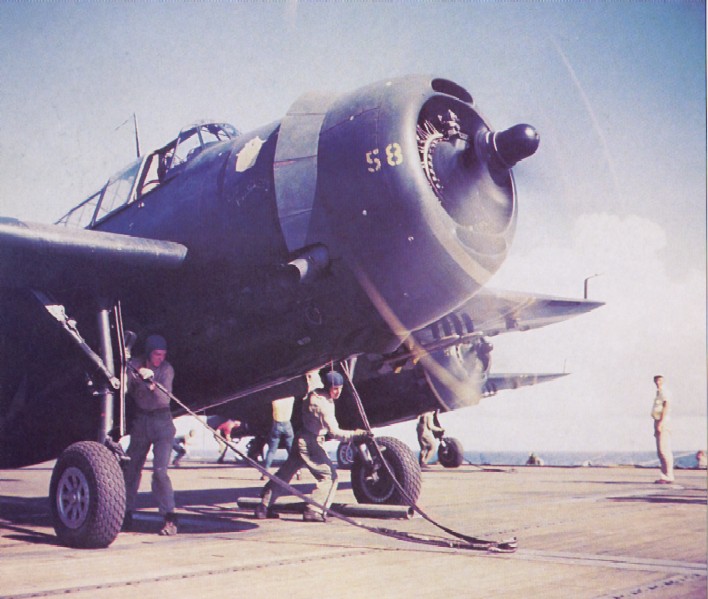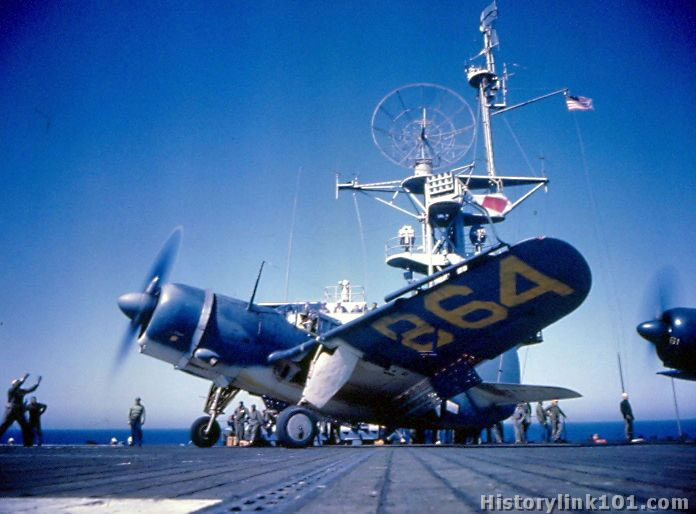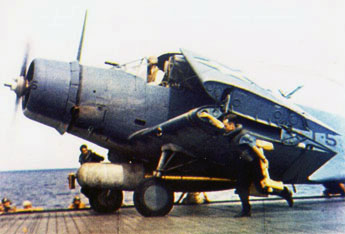ausf
Master at Arms
This may be a sore topic, or at least widely open to personal tastes, but I'm trying to wrap my head around this.
The way I understood it, if you wanted to weather a WWII AC, choose a front line, in the trenches Jug or an atoll based, coral dusted Corsair.
But I've been reading Max Hasting's Retribution (Japan '44-45). That's where I got that bit of info about hail over Burma stipping paint off of Beaufighters.
Yesterday I was reading about carrier based planes and that salt was quick to corrode paint and because the AC paint was so flammable, they stopped carrying it onboard. I'd imagine that opens up some heavy weathering possibilities.
It also said that US AC production was so high at that point, planes that were even slightly damaged were pushed overboard, as was any airframe that was 8 months old.
One air group (I believe off the Essex) had 99 near carrier ditchings during a tour. All rescued by trailing destroyers, whose crew promply removed all the pilot's flight/survival gear for souvenirs and held him until the carrier paid ransom of geedunk (ice cream) and two movies (that they haven't seen).
So, can I get nasty with an Avenger, or should I stick to tanks? :hmmm
The way I understood it, if you wanted to weather a WWII AC, choose a front line, in the trenches Jug or an atoll based, coral dusted Corsair.
But I've been reading Max Hasting's Retribution (Japan '44-45). That's where I got that bit of info about hail over Burma stipping paint off of Beaufighters.
Yesterday I was reading about carrier based planes and that salt was quick to corrode paint and because the AC paint was so flammable, they stopped carrying it onboard. I'd imagine that opens up some heavy weathering possibilities.
It also said that US AC production was so high at that point, planes that were even slightly damaged were pushed overboard, as was any airframe that was 8 months old.
One air group (I believe off the Essex) had 99 near carrier ditchings during a tour. All rescued by trailing destroyers, whose crew promply removed all the pilot's flight/survival gear for souvenirs and held him until the carrier paid ransom of geedunk (ice cream) and two movies (that they haven't seen).
So, can I get nasty with an Avenger, or should I stick to tanks? :hmmm

 :dude
:dude


